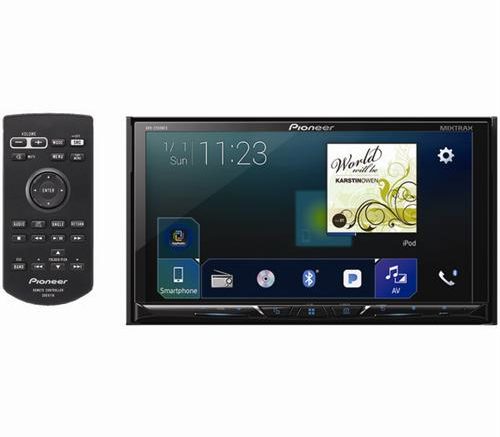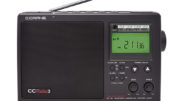For a whole generation, we’ve been teased with GPS systems in new cars. They’ve been a staple feature in luxury autos, originally running off a separate CD or DVD player and more recently running off flash memory. Yet, the standalone GPS is disappearing from cars quickly and that’s leaving some buyers wondering what to do.
Before GPS
There was a time when you actually needed paper maps in your car. Maybe you just had a small map that unfolded (and never folded back again quite the right way.) Maybe you had a dogeared version of Rand McNally’s Road Atlas, the perfect way to get from city to city. The Road Atlas was great except it didn’t have street maps once you got there. It just really told you what freeway to take.
No, if you were really serious about local travel, you had some massive spiral bound volume in your car like this one:

Western baby boomers often remember the Thomas Guide fondly. Anyone younger just cringes at the idea of paging through hundreds of maps. When GPS came on the scene in the early 21st century, it was just astounding. But, it wasn’t perfect.
Car based GPS systems and their problems
Car-based GPS systems have never been incredibly awesome. Of course they generally worked better than standalones so they seemed great at the time.
Early GPS systems took a long time to sync up.
It often took 3-4 minutes for a GPS receiver to get a signal, even longer if you were in motion. To compensate for this, car-based systems used built-in gyroscopes to detect motion and direction the old-fashioned way. Until recently, gyroscopes were large and expensive. It’s only been in this decade that they’ve been small and cheap enough to go into your phone. That’s where you’ll find gyros today — they act as motion detectors for your phone’s games.
With slow GPS systems, the car had to rely on gyros to know where it was going. This meant a lot of expense and poor performance.
Older car GPS systems were hard to use.
With joysticks or rudimentary touchscreens, it was often very time-consuming to enter an address into your car’s GPS. It was essentially impossible to do while driving and many cars didn’t even let you try. Compared to the phone-based experience, it was incredibly annoying.
Maps were outdated and that didn’t add to resale value.
If you were lucky, your car maker might offer to sell you an updated disk for your GPS every other year or so, at a cost of several hundred dollars. If you did this, you were spending a lot of money. If you didn’t, kiss the value of that GPS goodbye. You probably spent $2,000 or more to get it, but that didn’t translate into resale value since no one wants 5-year-old maps. If you bought a used car with a GPS you were probably not going to use it because who knows… that road might not even be there anymore.
The solution: take the GPS out of the car.
More and more cars are coming with Apple CarPlay or Android Auto (or both.) These systems rely on your phone’s GPS instead of hardware in the car. This means you get the latest maps all the time as well as traffic and road closures. Your phone just pairs with the car and that takes care of calling, voice command, and navigation. Car makers like it because it’s actually cheaper to build. Owners like it because it lets them use their phones which is what they wanted in the first place.
After some early missteps, you’re finally seeing some improvements to CarPlay and Android Auto that make the experience better. It’s getting easier, for example, to use Waze if you want. In the future expect to see even more app integration. The best part is that all but the earliest car-based systems can be upgraded without a trip to the dealership.
But what if you don’t have…
You’ll find CarPlay and Android Auto in tons of new cars, but it’s going to be years before every car has it. If yours doesn’t, you have two options.
Replace the car’s radio
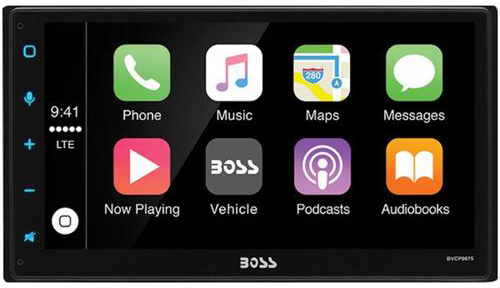
Solid Signal has a wide variety of replacement radios that support both CarPlay and Android Auto. Depending on your car, this may be an easy swap you can do yourself, or it may take someone with a bit more skill and a few parts from the dealership. Either way this is a worthwhile upgrade and it will make you feel like your older car is brand new.
Standalone GPS
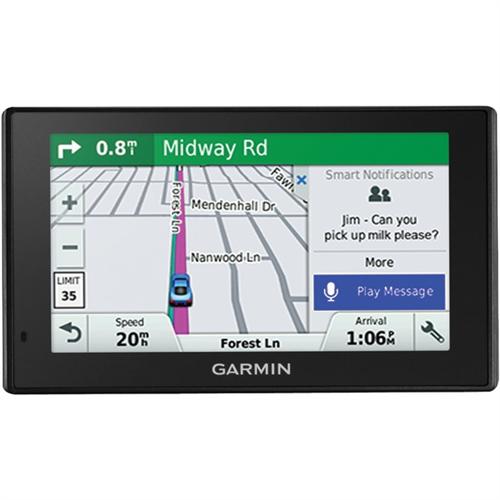
There still tons of standalone GPS units available from Solid Signal in practically every price range. These aren’t your dad’s GPS either. Today’s units have advanced touchscreens just like a phone and many come with lifetime map updates so they are never out of date. They’re an excellent addition to a car.
In some states, the laws still say you can operate something attached permanently to a car (like a GPS) while driving. On the other hand it’s getting so you can’t even touch your phone while the car is in motion without risking a ticket. A permanently mounted GPS can solve the problem for you. Unlike your old car’s GPS, it might even raise the resale value!
Using your phone
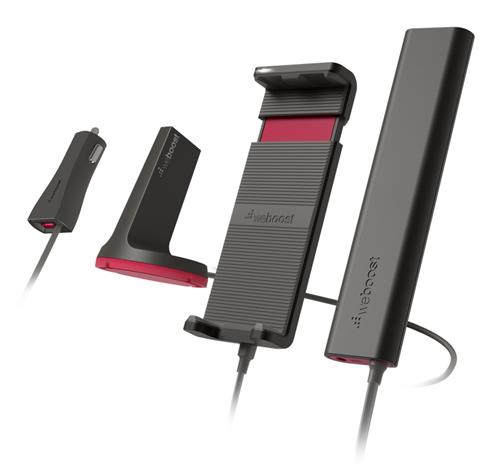
If you have a good data plan you might have no problem using your phone for directions. If you’re not worried about data, though, you might still be worried about service. If you lose cell service in a skeevy neighborhood, you might not know how to get out. A cellular booster like this one installs easily without any damage to the car, plus it provides a convenient cradle for your phone so it can be where you need to look.

